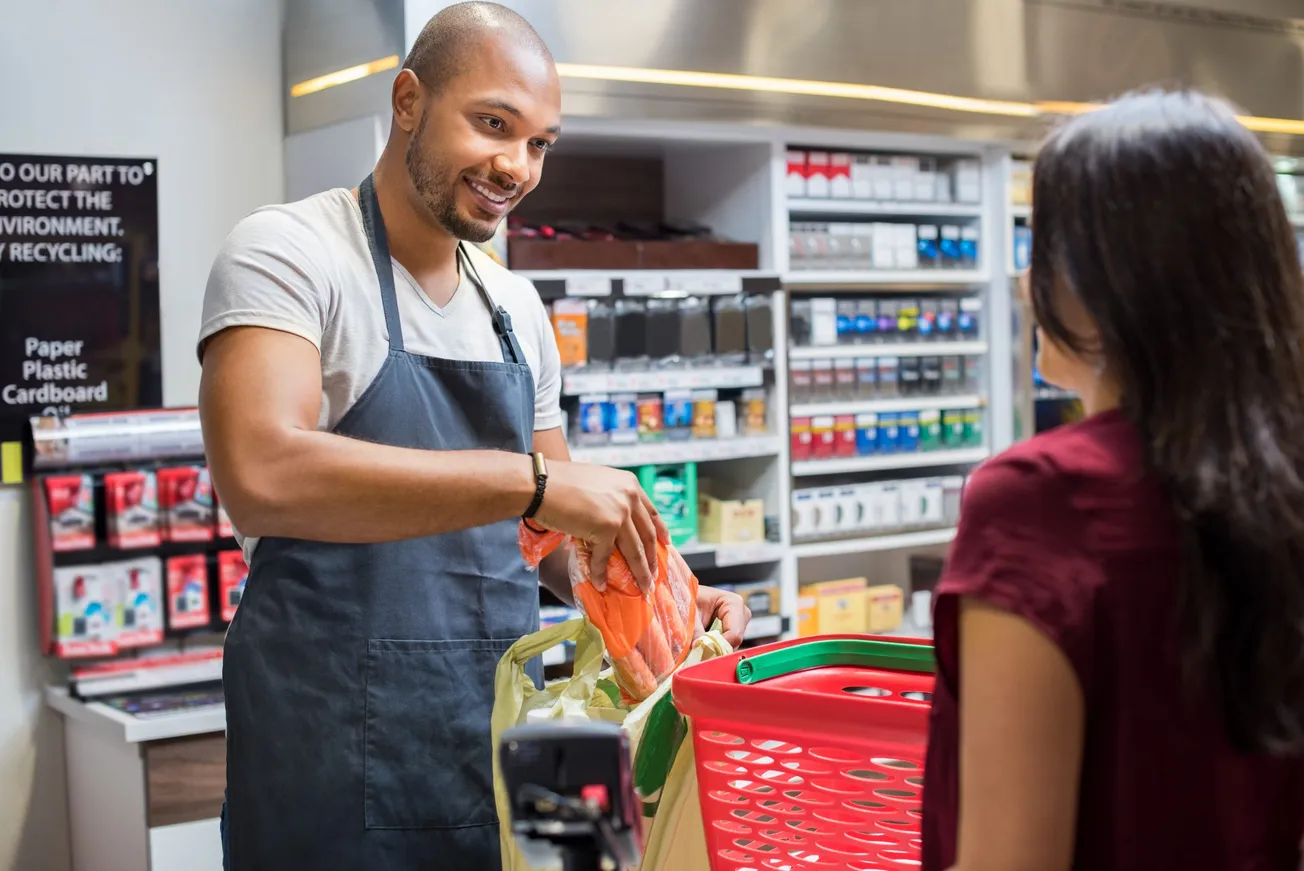CINCINNATI – Loyalty has always meant different things to different people, but unpacking the different perspectives could mean millions of dollars in sales revenue for CPG brands and grocery retailers. 84.51°, the retail data science, insights, and media company helping Kroger and its partners create customer-centric shopper journeys, sought to determine how consumers define loyalty, what categories they remain fiercely loyal to, and the differences between brand loyalty and shopper loyalty in its August Consumer Digest.
The digest reveals a gap between what consumers say and what they actually do. In fact, shelf-stable shoppers claim to be less brand loyal and more willing to switch, but in reality, they only purchase an average of 1.5% of the brands that are available to them.
The categories in which shoppers say they are willing to switch to a lower-cost brand include:
- Paper products (62%)
- Shelf-stable goods (59%)
- Household cleaning (52%)
- Frozen foods (49%)
On the other hand, shoppers are far less willing to switch for:
- Baby care (21%)
- Pet food (25%)
- Beauty (30%)
- Produce (32%)
When it comes to brands, consumers note that consistency outweighs exclusivity when it comes to how they define loyalty. When asked to describe what it means to be loyal to a particular brand:
- 60% said the brand they buy most often
- 16% said the brand they buy exclusively
- 12% reported it to be the brand they wanted to buy,
- 12% said it was their preferred brand, but they are willing to try others.
Good value (84%) and trusted brand (56%) topped the drivers of brand loyalty, while consistent quality (72%) and easy to find (65%) were the top attributes consumers sought from brands.
When asked about retailer loyalty, produce (78%), deli/meat/fish (75%) and pet food (68%) are the categories that are most likely to drive retailer preference. Key factors that lead shoppers to choose a grocery retailer include low everyday prices (60%), good sales/promotions (49%), and convenient location (48%).
For these insights and more, view the full report here.








